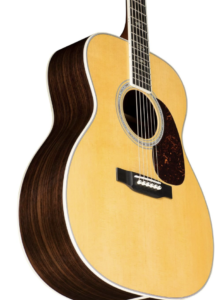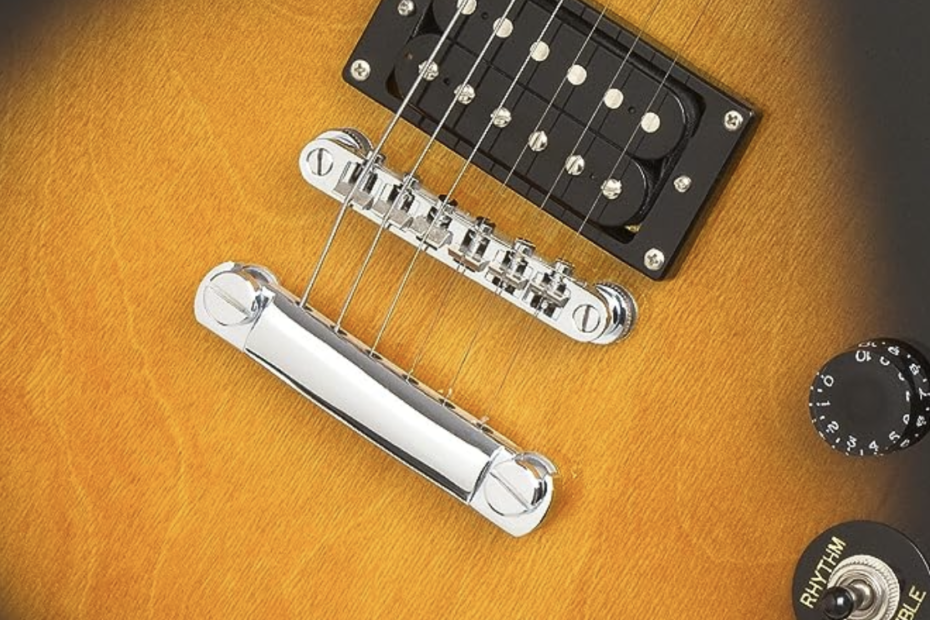DIY Guitar Care and Keeping your guitar in top shape isn’t just about preserving its looks—it’s about ensuring it plays and sounds its best for years. Whether you’re a weekend strummer or a gigging musician, basic maintenance can save you money, prevent headaches, and even inspire you to play more. In this guide, we’ll break down three essential areas of guitar care: changing strings, cleaning your instrument, and storing it properly. These are tasks you can tackle at home with minimal tools, and they’ll make a world of difference.
Also Read
Guitar Tuners for Live Performances
Mastering Guitar Scales: Practice and Routines
Quick Guide to Learning Guitar Chords Fast
String Changes: Fresh Tones Start Here
 Strings are the lifeblood of your guitar’s sound. Old, rusty strings can make even the finest instrument sound dull. Changing them regularly is a must, but many players put it off because it feels intimidating. With a little practice, though, you’ll be swapping strings like a pro.
Strings are the lifeblood of your guitar’s sound. Old, rusty strings can make even the finest instrument sound dull. Changing them regularly is a must, but many players put it off because it feels intimidating. With a little practice, though, you’ll be swapping strings like a pro.
Tools You’ll Need:
- A set of new strings (match your guitar type: electric, acoustic, or classical)
- Wire cutters or string winder with a cutter
- A tuner
- A soft cloth or towel (to protect the guitar’s finish)
- Optional: A string winder for faster winding
Step-by-Step String Change:
- Loosen and Remove Old Strings: Turn the tuning pegs to loosen each string until it’s slack. Use wire cutters to snip the strings near the tuning peg if you want to avoid the “twang” of sudden tension release. Unwind and remove them from the bridge.
- Clean the Fretboard: With the strings off, take the chance to wipe down the fretboard. For rosewood or ebony boards, use a small amount of lemon oil on a cloth to condition the wood. For maple (which often has a finish), a slightly damp cloth will do.
- Install New Strings: Start with the thickest string (low E). Thread it through the bridge, pull it taut, and guide it to the corresponding tuning peg. Leave about 1.5 inches of slack before winding. Wrap the string around the peg in a downward spiral to prevent slipping. Repeat for all strings.
- Stretch and Tune: New strings stretch, so tune up, gently pull each string away from the fretboard (like lifting a ribbon), and retune. Repeat until the tuning stabilizes.
Pro Tips:
- Lubricate the Nut: Rub a graphite pencil in the nut slots to reduce friction, which helps tuning stability.
- Change One String at a Time: On guitars with floating bridges (like Stratocasters), changing all strings at once can disrupt the bridge’s balance. Swap them one by one to maintain tension.
- Keep Track of Dates: Note when you last changed your strings. Heavy players might need new ones every 2-3 weeks; casual players can go 2-3 months.
Cleaning: Fight Grime, Preserve Shine
 Dirt, sweat, and oils from your hands can degrade your guitar’s finish, hardware, and playability. Regular cleaning keeps it looking sharp and functioning smoothly.
Dirt, sweat, and oils from your hands can degrade your guitar’s finish, hardware, and playability. Regular cleaning keeps it looking sharp and functioning smoothly.
Body and Neck:
- Daily Wipe-Down: After playing, use a microfiber cloth to wipe fingerprints, sweat, and dust off the body, neck, and strings. This simple habit extends string life and prevents buildup.
- Deep Cleaning: Once a month, use a guitar-specific polish (never household cleaners!) on the body. Apply sparingly with a cloth, then buff to a shine. For satin finishes, skip polish—use a dry cloth to avoid glossing the matte surface.
Fretboard Care:
- For Unfinished Wood (Rosewood, Ebony): Apply lemon oil every 3-4 months. Dab a cloth with oil, rub it into the wood, wait 5 minutes, then wipe off excess. This prevents drying and cracking.
- For Finished Maple: Use a damp cloth with water or a tiny bit of mild soap. Avoid oils—they can damage the finish.
Hardware Maintenance:
- Tuning Machines: Wipe with a dry cloth to remove dust. If they feel stiff, a drop of lubricant (like Tri-Flow) on the gears can help.
- Bridge and Saddles: Use a toothbrush to scrub grime from hard-to-reach spots. For metal parts, a dab of metal polish restores shine (avoid plastic components).
- Pickups: Gently wipe with a dry cloth. Magnetic pickups can attract metal debris—use masking tape to lift particles off the surface.
Avoid These Mistakes:
- Over-Oiling the Fretboard: Too much oil can soften the wood. Once or twice a year is plenty.
- Using Glass Cleaner or Windex: These contain ammonia, which eats through guitar finishes. Stick to products made for instruments.
Storage: Protect Your Investment
 How you store your guitar affects its longevity. Extreme temperatures, humidity, and careless placement can lead to warped necks, cracked wood, or damaged finishes.
How you store your guitar affects its longevity. Extreme temperatures, humidity, and careless placement can lead to warped necks, cracked wood, or damaged finishes.
Environment Matters:
- Humidity Control: Aim for 45-55% humidity. Use a hygrometer to monitor levels. In dry climates, a soundhole humidifier (for acoustics) or room humidifier helps. In damp areas, silica gel packs in the case absorb moisture.
- Temperature Stability: Keep your guitar away from radiators, air vents, or direct sunlight. Sudden temperature swings cause wood to expand/contract, leading to cracks.
Case vs. Stand:
- Cases: Ideal for long-term storage or transport. Hardshell cases offer the best protection. Gig bags are lighter but less durable.
- Stands: Great for quick access, but choose one with foam or rubber padding (avoid cheap stands with vinyl—it can react with nitrocellulose finishes). Always place the guitar in a stable spot, away from foot traffic.
Long-Term Storage Tips:
- Loosen the Strings Slightly: Reduce tension on the neck to prevent warping, but don’t detune completely—this can cause the truss rod to overcompensate.
- Vertical or Horizontal? If storing for months, lay the guitar flat to relieve neck pressure. Use a stand that supports the body and headstock.
- Check Periodically: Every few weeks, inspect for humidity changes, tuning stability, or pests (yes, bugs love untreated wood!).
Final Thoughts
Guitar maintenance isn’t glamorous, but it’s a labor of love that pays off in spades. By mastering these basics—fresh strings, consistent cleaning, and smart storage—you’ll not only extend your gear’s lifespan but also deepen your connection to the instrument. Remember, a well-cared-for guitar rewards you with better tone, playability, and stage presence. So grab that microfiber cloth, stock up on strings, and show your axe some love. Your future self (and your bandmates) will thank you.
